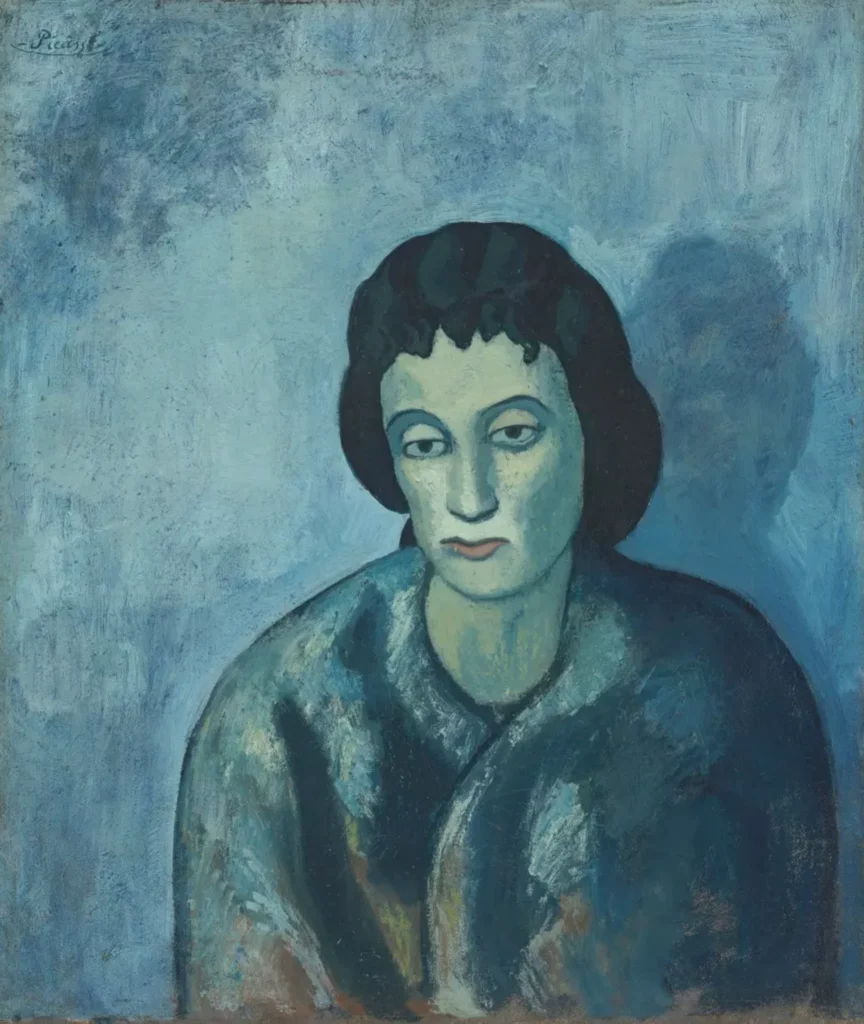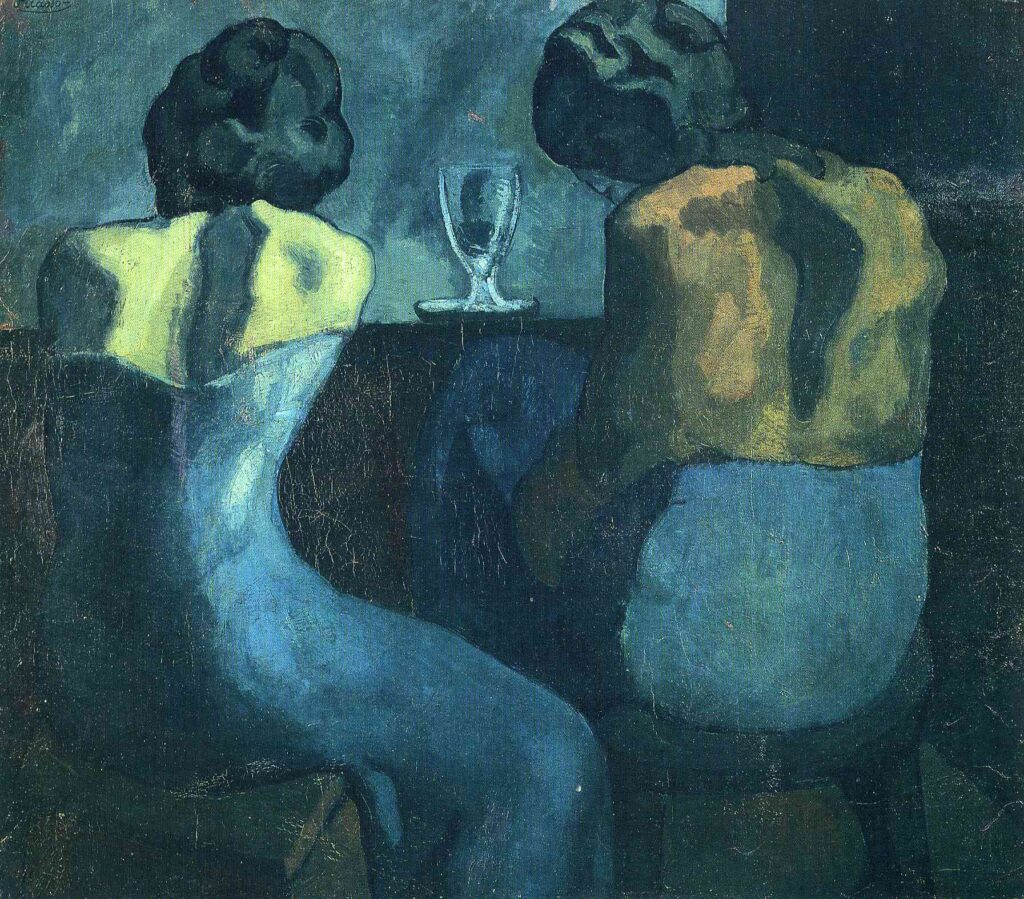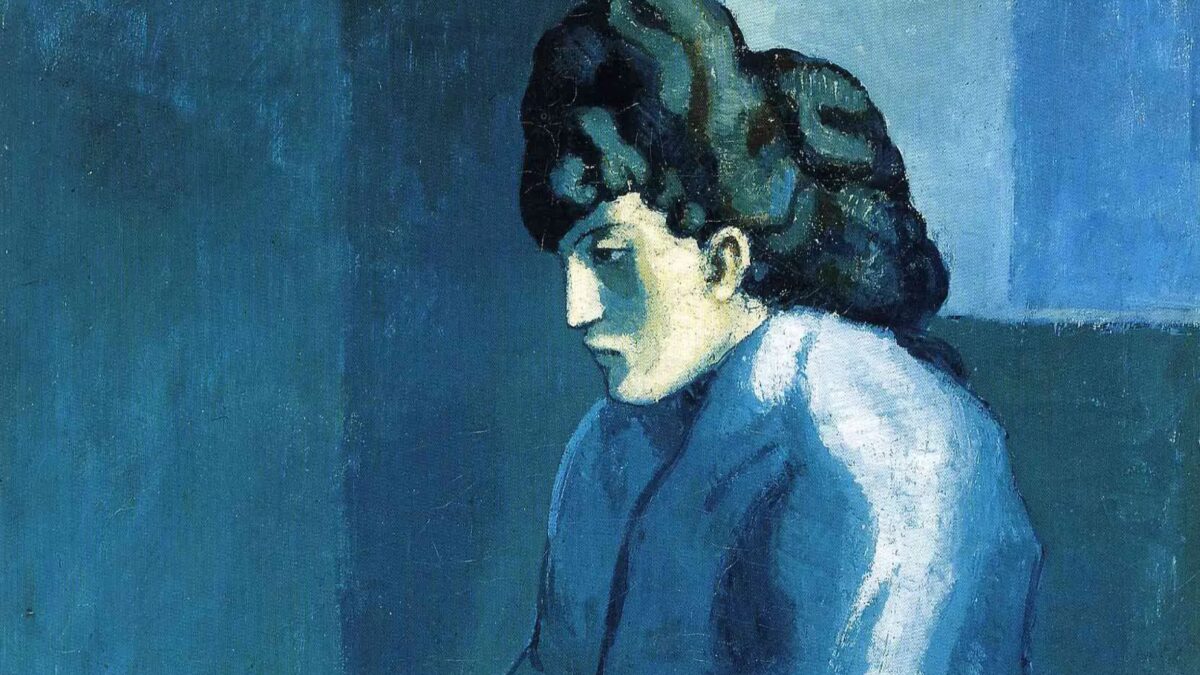If you find yourself in Washington, D.C. over the next eight weeks, make time for the Phillips Collection. There is much to love about the museum’s new show, “Picasso, Painting the Blue Period,” a special exhibition running until June 12.
“Exactly what an art exhibition in the 21st century ought to be,” William Newton wrote in his recent review at The Federalist. “Possibly the best exhibition I’ve ever seen at The Phillips.”
Go to see the extraordinary work Picasso produced before he became famous, but also to experience a museum exhibition that respects both artist and viewer; allowing the work to speak for itself, and allowing the public to form their own impressions of the work’s meaning and significance.
I initially attended the show with a friend in March. My response was so strong, I returned solo the next day. The first exhibition in D.C. in 25 years to focus on the early works of the artist between the years of 1901-1904, the exhibit includes many examples of Picasso’s realistic and figurative work.
The show feels complete, yet not heavy-handed curatorially. The more than 70 works crafted by the artist when he was in his late teens and early 20s are presented in a straightforward manner, not overburdened with political or ideological statements or wall labels. As such, curators have created an exhibit free of the diversity, equity, and inclusion template prevalent in many arts institutions in our post-Covid culture.
Unlike the artist’s abstract and political work, “Guernica” (1937) and “Les Demoiselles d’Avignon” (1907), two paintings supposedly piled with communist and feminist meaning, Picasso’s realistic work is less well known.
I became enamored with such paintings a few years ago while volunteering as a school docent at the National Gallery of Art. Tucked away on the first floor of the East Building sat a small gallery of the artist’s simple, but incredibly tender canvases from his Neoclassical period during the 1920s.
“Classical Head” from 1922 portrays a woman consumed in thought, rendered in penetrating neutral tones. Despite the painting’s impersonal title, the viewer feels a palpable connection to the sitter’s intensity. “The Lovers” (1923) seems simple, with its primary colors and cartoonish hands. Yet the romantic story between the two figures, almost cinematic, is undeniable.
The work included in “Picasso, Painting the Blue Period,” was created decades earlier. No less sophisticated, it is emotional without being sentimental. In mourning for his friend and Barcelona studio mate, the painter Carles Casagemas, who had committed suicide over a failed love affair, Picasso began taking a studied look at the world around him.
The young Spaniard became sensitized to the plight of women, with considerable time spent observing the poor and indigent at the St. Lazare hospital and prison in Paris. The melancholy tenor of Picasso’s emotional landscape manifested itself on canvas in hues of blue.
Traditionally, the color signifies sea, sky, the color of your eyes. During his Blue period, Picasso employed the shade to hypnotic effect in the background, on clothing, and in skin tone. Many of the paintings, “Woman in a Blue Shawl,” “Woman with Bangs,” and “Melancholy Woman,” for example, contain only one figure. Positioned against a moody blue, they appear to be floating in a sea of despair. Even “Barcelona Rooftops,” executed in two or three shades of blue, evokes a feeling of deep, mysterious night.

Shape tells the other part of the story, which contributes to the emotional weight of the paintings. “Woman Ironing,” rendered mostly in shades of blue, is contorted into an arc, the weight of her emotional and physical burden pulling the figure down onto the ironing board.
One of my favorites, “The Women at a Bar,” is moody yet modern, evoking a still frame from an art-house film. The curves of the women’s bodies, the tilt of one figure’s head, as well as the negative space between them, all suggest a long, lonely evening.

© 2022 Estate of Pablo Picasso / Artists Rights Society (ARS), New York.
In place of political statements expounding the paintings’ meaning or relevance, the show’s curators have judiciously included large photographs of the young artist. On the streets of Paris, or with his contemporaries in his studio at 130 Boulevard de Clichy, the gelatin silver prints lend a sort of biopic quality. I enjoyed them nearly as much as the paintings.
There’s nothing quite like pulling the curtain back on an artist’s workspace, which is why studio tours are so popular these days. The photo of Picasso in his studio, in situ with his contemporaries, in period dress (Madame Torres’ dress with a lace collar is particularly impressive), is the first image included in the show’s extensive catalog. Although a bit posed, the photo feels like an authentic moment from turn-of-the-century Paris.
No need to take my word for it, though. “Picasso, Painting the Blue Period,” at the Phillips Collection is a rare opportunity to view the work of an iconic artist at the start of his genesis, and form your own opinion, free of political or ideological agenda. This, in addition to the work itself, is the beauty and genius of this show.









